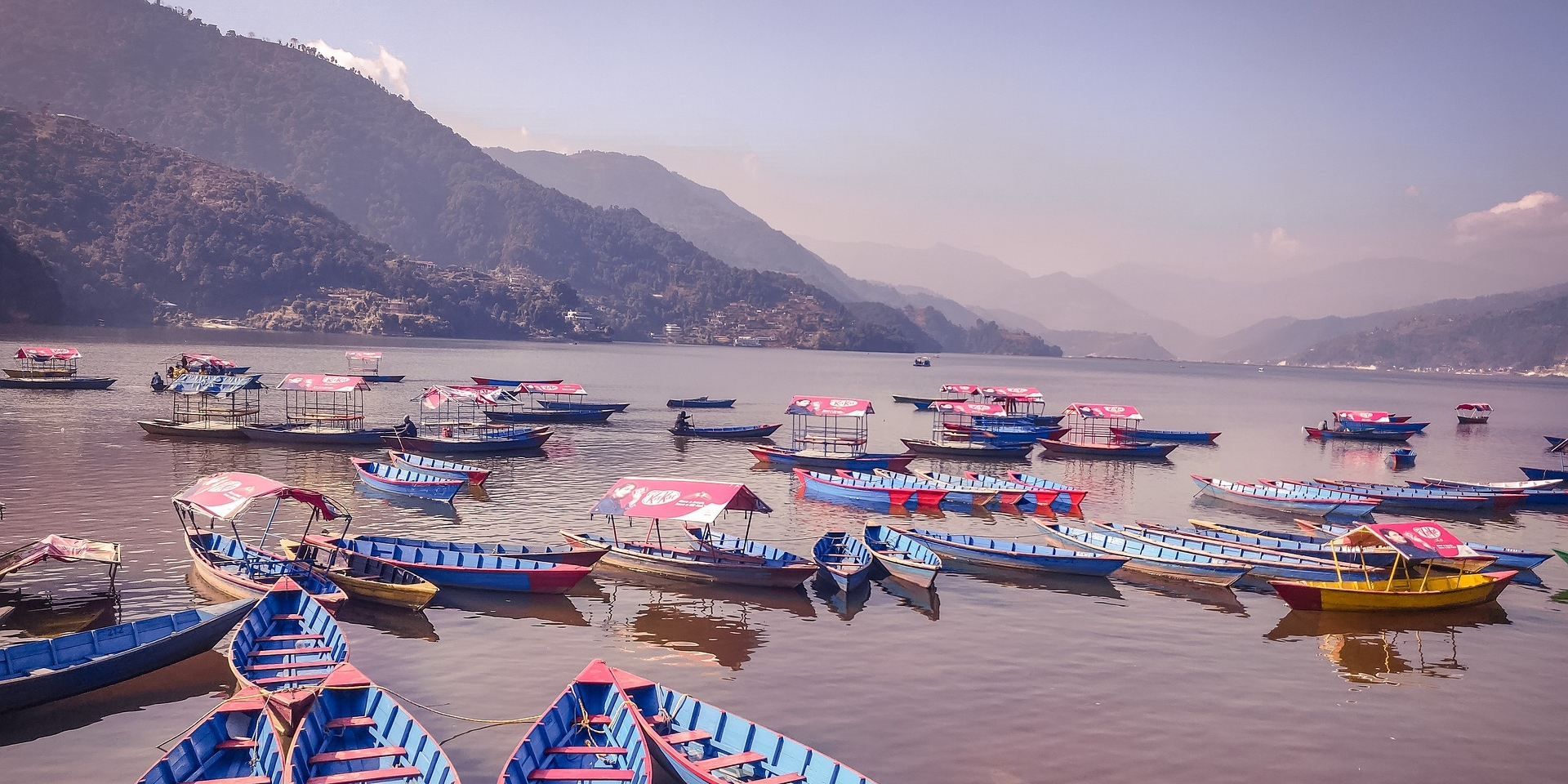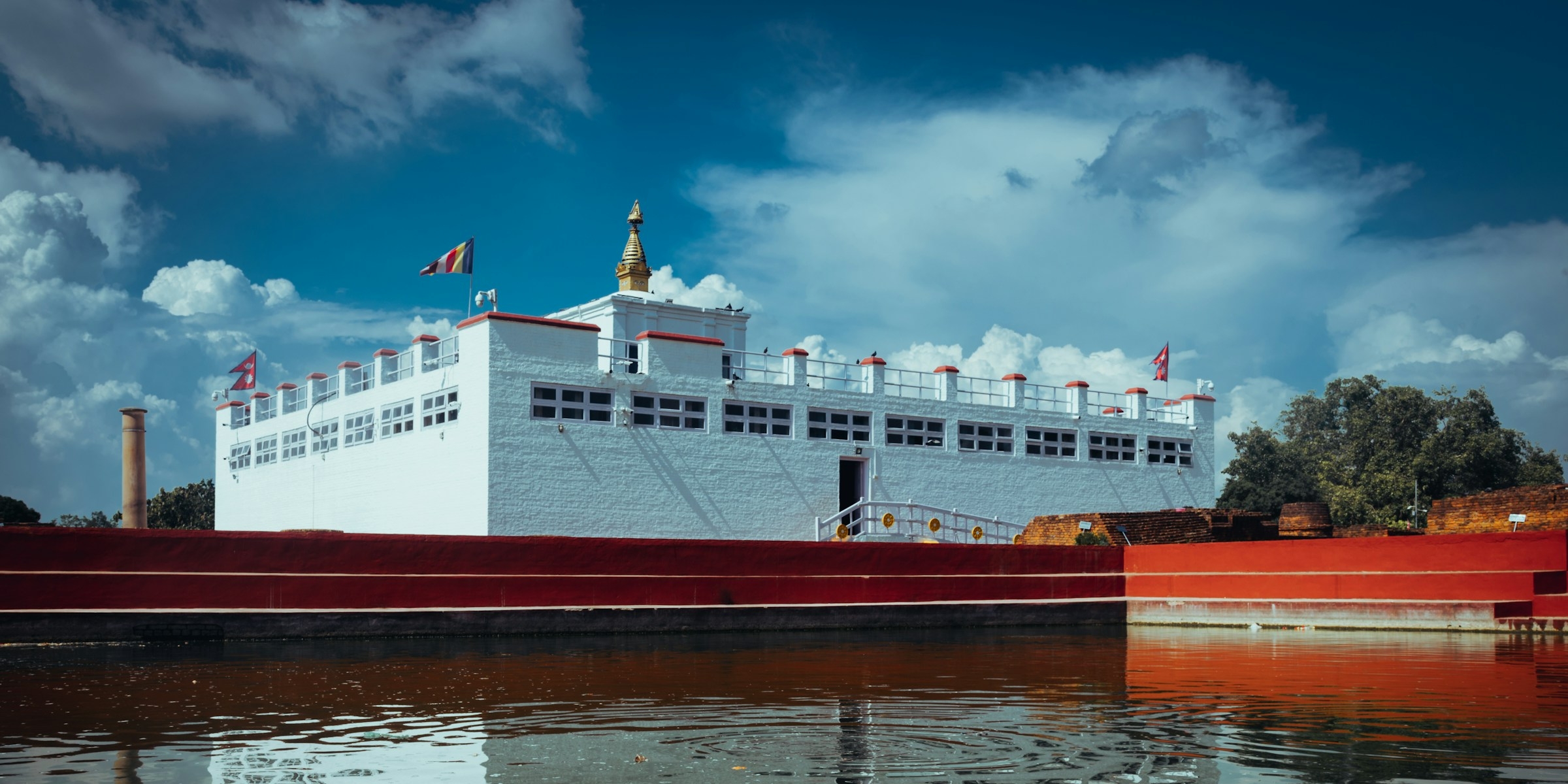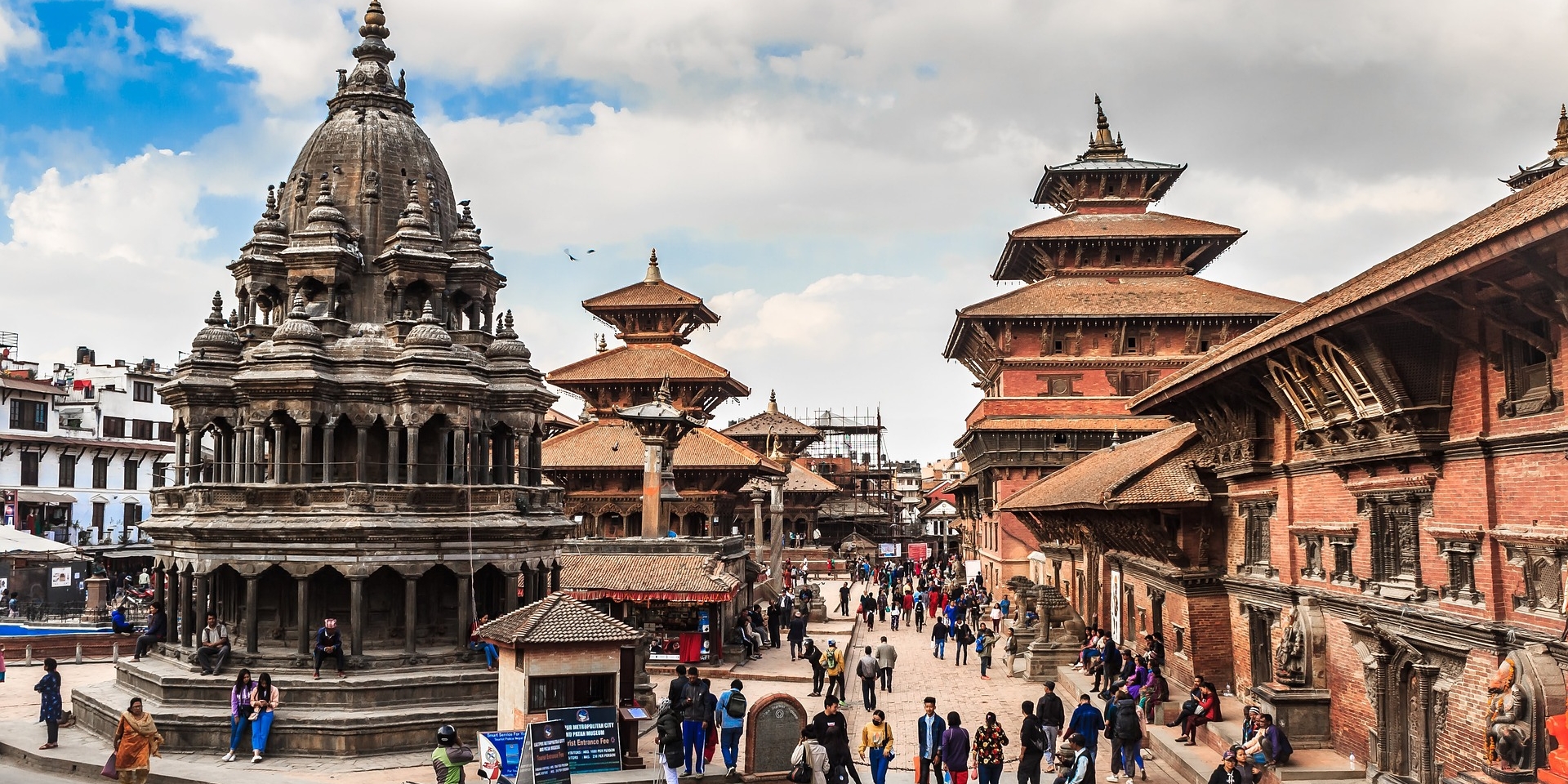Published 21 Aug 2024
Nepal, a country known for its rich cultural heritage and stunning natural landscapes, offers numerous destinations that cater to students and young travelers seeking both educational and recreational experiences. From historical sites to adventure hubs, Nepal’s most visited places provide a blend of learning and exploration. Here’s a detailed look at some of the top destinations in Nepal that are particularly appealing to students:
Kathmandu Valley
The Kathmandu Valley is an essential destination for students due to its rich historical and cultural tapestry. This area comprises three ancient cities—Kathmandu, Patan, and Bhaktapur—each with its own unique attractions.
- Kathmandu Durbar Square: Located in the heart of Kathmandu, Durbar Square is a UNESCO World Heritage Site featuring historical palaces, temples, and courtyards. Students can explore the Hanuman Dhoka Palace, which houses the Kathmandu Museum, and learn about the Malla kings who once ruled here. The square is also home to the Taleju Temple and the Kasthamandap, which offer insights into Newari architecture and Hindu rituals. The surrounding area, filled with narrow streets and traditional markets, provides a vibrant atmosphere that reflects the city’s historical significance.
- Patan Durbar Square: Known for its well-preserved medieval architecture, Patan Durbar Square is an excellent site for students interested in art and history. The square features the Krishna Mandir, an intricately carved stone temple, and the Patan Museum, which showcases a comprehensive collection of traditional Nepalese art and artifacts. The square also offers a glimpse into the rich Newari culture through its festivals, crafts, and local cuisine.
- Bhaktapur Durbar Square: Bhaktapur is a city that preserves its medieval charm, and its Durbar Square is a testament to traditional Newari craftsmanship. The 55-Window Palace, Vatsala Temple, and the Golden Gate are notable landmarks that provide valuable insights into the city’s architectural evolution. Students can explore the narrow, cobbled streets and observe traditional pottery, weaving, and woodcarving practices, which highlight the city’s artisanal heritage.
Pokhara
Pokhara is a popular destination for students due to its natural beauty and adventure opportunities. The city is located near the Annapurna mountain range and offers a range of outdoor activities and educational experiences.
- Phewa Lake: One of Pokhara’s main attractions, Phewa Lake is a serene spot ideal for boating and relaxing. Students can take a boat ride to the Tal Barahi Temple located on an island in the lake, providing both a scenic experience and a chance to learn about local religious practices. The lakeside area is also a hub for cafes, shops, and cultural events.
- World Peace Pagoda: Perched on a hilltop overlooking Pokhara, the World Peace Pagoda offers panoramic views of the city and the surrounding mountains. The pagoda is a symbol of peace and a place for meditation and reflection. Students can learn about Buddhist philosophy and the significance of the pagoda in promoting global peace and harmony.
- Sarangkot: Sarangkot is a popular viewpoint that provides stunning sunrise views over the Annapurna and Dhaulagiri ranges. The hike to Sarangkot is a manageable adventure that offers students a chance to experience the natural beauty of the Himalayas up close and learn about the geography of the region.
Chitwan National Park
Chitwan National Park offers students a unique opportunity to explore Nepal’s wildlife and conservation efforts. Located in the Terai region, this park is known for its diverse flora and fauna.
- Wildlife Safaris: Students can participate in jeep safaris, elephant-back safaris, and walking tours to spot endangered species such as the Bengal tiger, one-horned rhinoceros, and gharial crocodile. These activities provide educational insights into wildlife conservation and the importance of preserving natural habitats.
- Bird Watching: The park is a haven for bird enthusiasts, with over 500 bird species recorded. Students can observe rare species like the Bengal florican and learn about their ecological roles and conservation status.
- Tharu Culture: The Tharu people, indigenous to the Terai region, offer cultural experiences through their traditional dances, crafts, and cuisine. Students can visit Tharu villages to gain a deeper understanding of local cultures and lifestyles.
Lumbini
Lumbini is an important pilgrimage site and educational destination for students interested in Buddhist studies and cultural heritage. As the birthplace of Siddhartha Gautama, who became the Buddha, Lumbini holds significant historical and spiritual value.
- Maya Devi Temple: The Maya Devi Temple is a key attraction where students can learn about the historical significance of Lumbini as the birthplace of Buddha. The temple houses ancient ruins and inscriptions that provide insights into the early life of Siddhartha Gautama.
- Lumbini Garden: The Lumbini Garden, with its serene environment and numerous international monasteries, offers students a chance to explore different Buddhist traditions and architectural styles. The garden’s design promotes reflection and meditation, providing a peaceful learning environment.
- Ashoka Pillar: The Ashoka Pillar, erected by Emperor Ashoka in 249 BCE, is a historical monument marking Lumbini’s significance as a major Buddhist site. Students can study the inscriptions on the pillar to understand the spread of Buddhism and historical connections between India and Nepal.
Bhaktapur
Bhaktapur, a city known for its well-preserved medieval architecture and rich cultural heritage, is an ideal destination for students interested in history, art, and traditional practices.
- Bhaktapur Durbar Square: The Durbar Square is the centerpiece of Bhaktapur, featuring the 55-Window Palace, Vatsala Temple, and the Golden Gate. Students can explore the square to learn about Newari architecture and the city’s historical development.
- Pottery Square: In Pottery Square, students can observe traditional pottery-making techniques and even try their hand at crafting. This area showcases the city’s artisanal skills and offers insights into the daily lives of Bhaktapur’s residents.
- Local Festivals: Bhaktapur is renowned for its vibrant festivals, such as Biska Jatra and Indra Jatra. Students can participate in these festivals to experience traditional Newari culture, including processions, dances, and rituals.
Rara National Park
Rara National Park is the largest national park in Nepal and offers a unique destination for students interested in remote natural environments and ecological studies.
- Rara Lake: The park’s centerpiece, Rara Lake, is a pristine alpine lake surrounded by mountains and forests. Students can engage in trekking and camping around the lake, gaining a deeper understanding of high-altitude ecosystems and conservation efforts.
- Wildlife and Flora: The park is home to species such as the Himalayan tahr, musk deer, and red panda. Students can study the park’s diverse flora and fauna and learn about the challenges of preserving such remote habitats.
- Trekking: The trekking routes in Rara National Park offer a chance to explore its diverse landscapes, including alpine meadows and coniferous forests. The treks provide educational experiences about the region’s geography and biodiversity.
Everest Base Camp
Everest Base Camp is a premier trekking destination that attracts students interested in mountaineering and high-altitude adventure. The trek to the base camp offers both physical challenges and educational experiences.
- Trekking Experience: The trek to Everest Base Camp is a challenging journey that takes students through traditional Sherpa villages, lush forests, and high-altitude terrain. Along the way, students can learn about the geography of the Himalayas and the history of mountaineering.
- Sherpa Culture: The trek provides an opportunity to interact with the Sherpa people, whose culture and traditions are integral to the Everest region. Students can learn about Sherpa customs, religious practices, and their contributions to mountaineering.
- Panoramic Views: At Everest Base Camp, students are rewarded with breathtaking views of Mount Everest and other Himalayan peaks. This experience offers a tangible connection to the natural world and the significance of preserving such iconic landscapes.
Nepal’s most visited places offer a rich tapestry of educational and recreational opportunities for students. From exploring historical sites and cultural traditions to engaging in outdoor adventures and wildlife conservation, these destinations provide valuable learning experiences and unforgettable memories.



